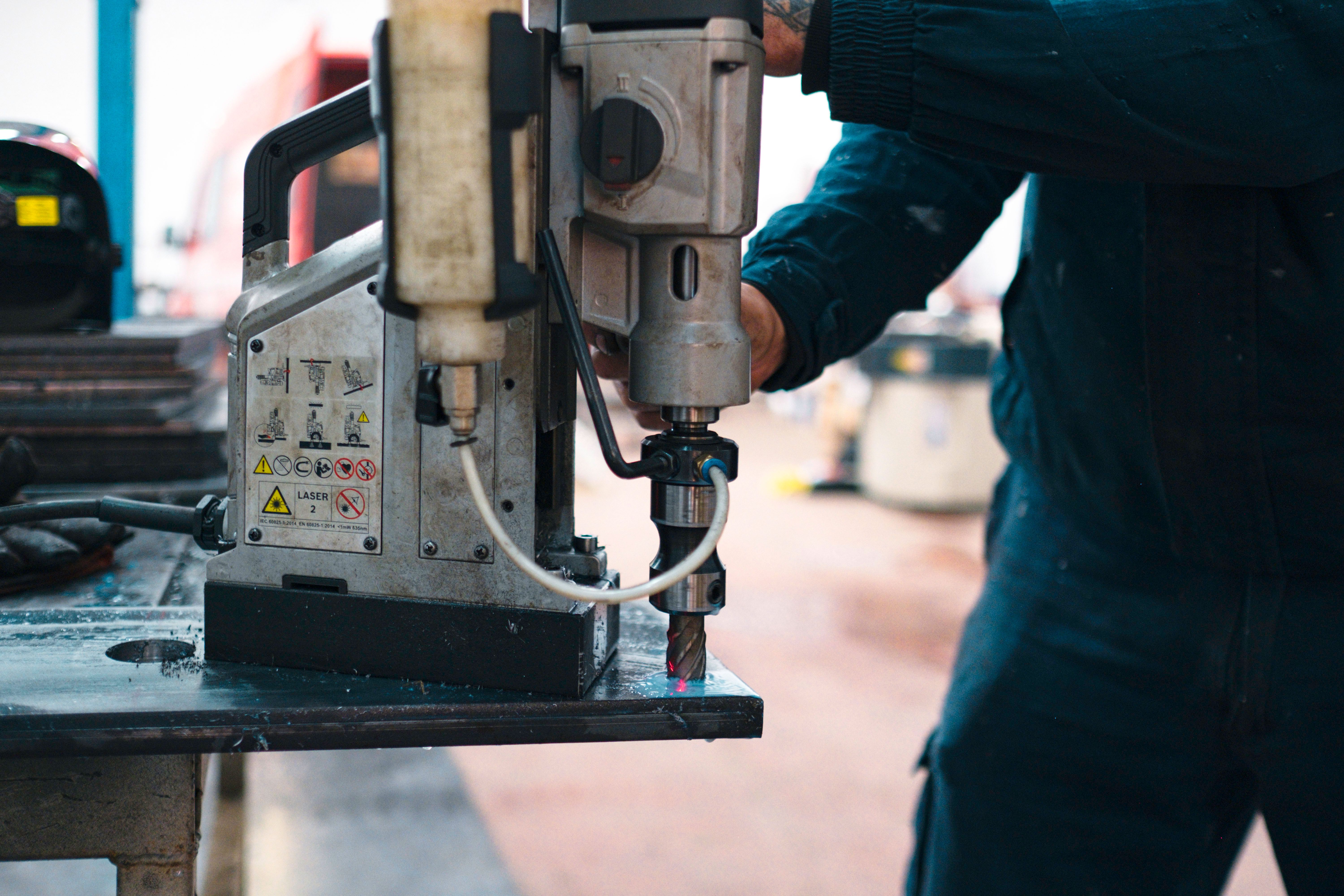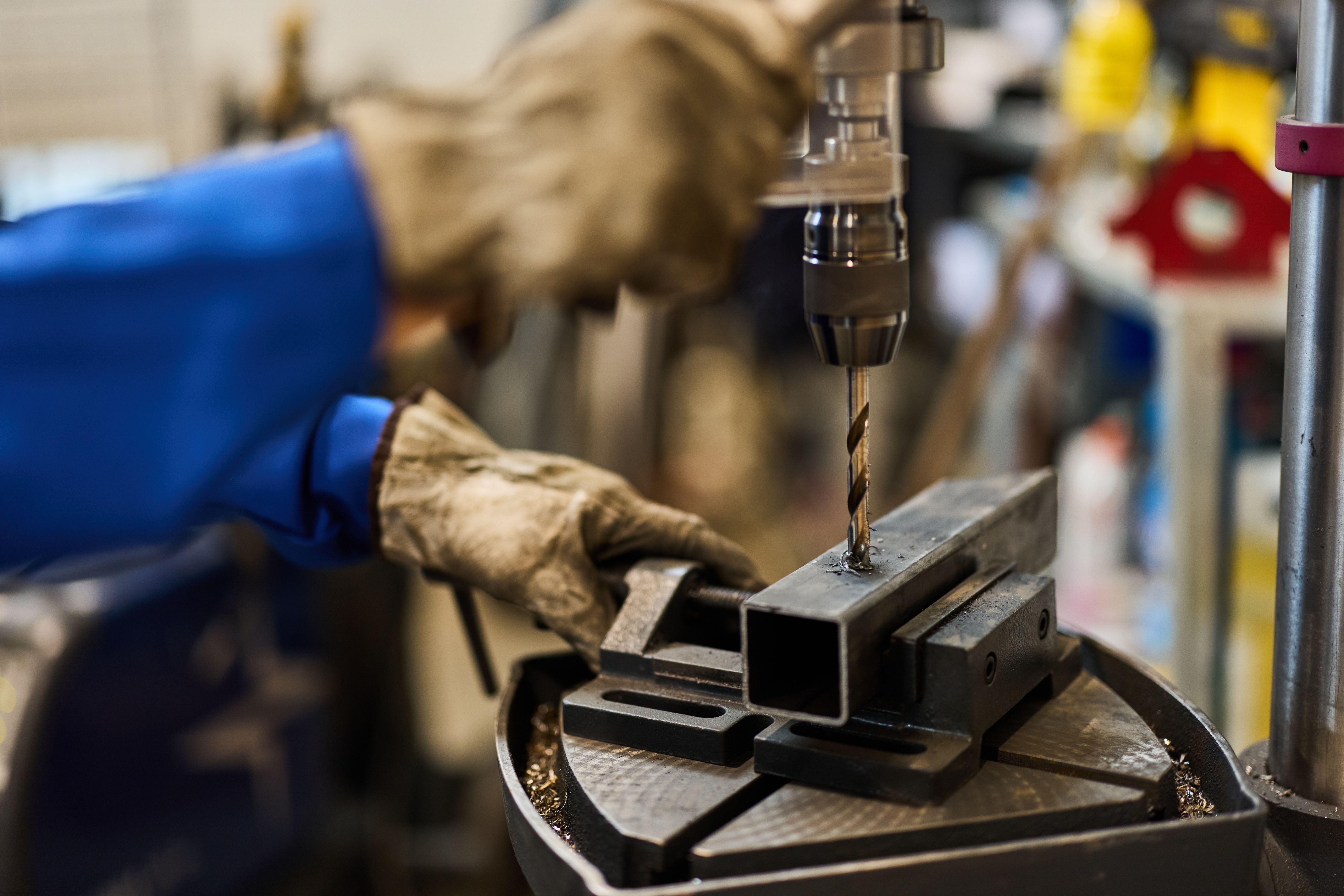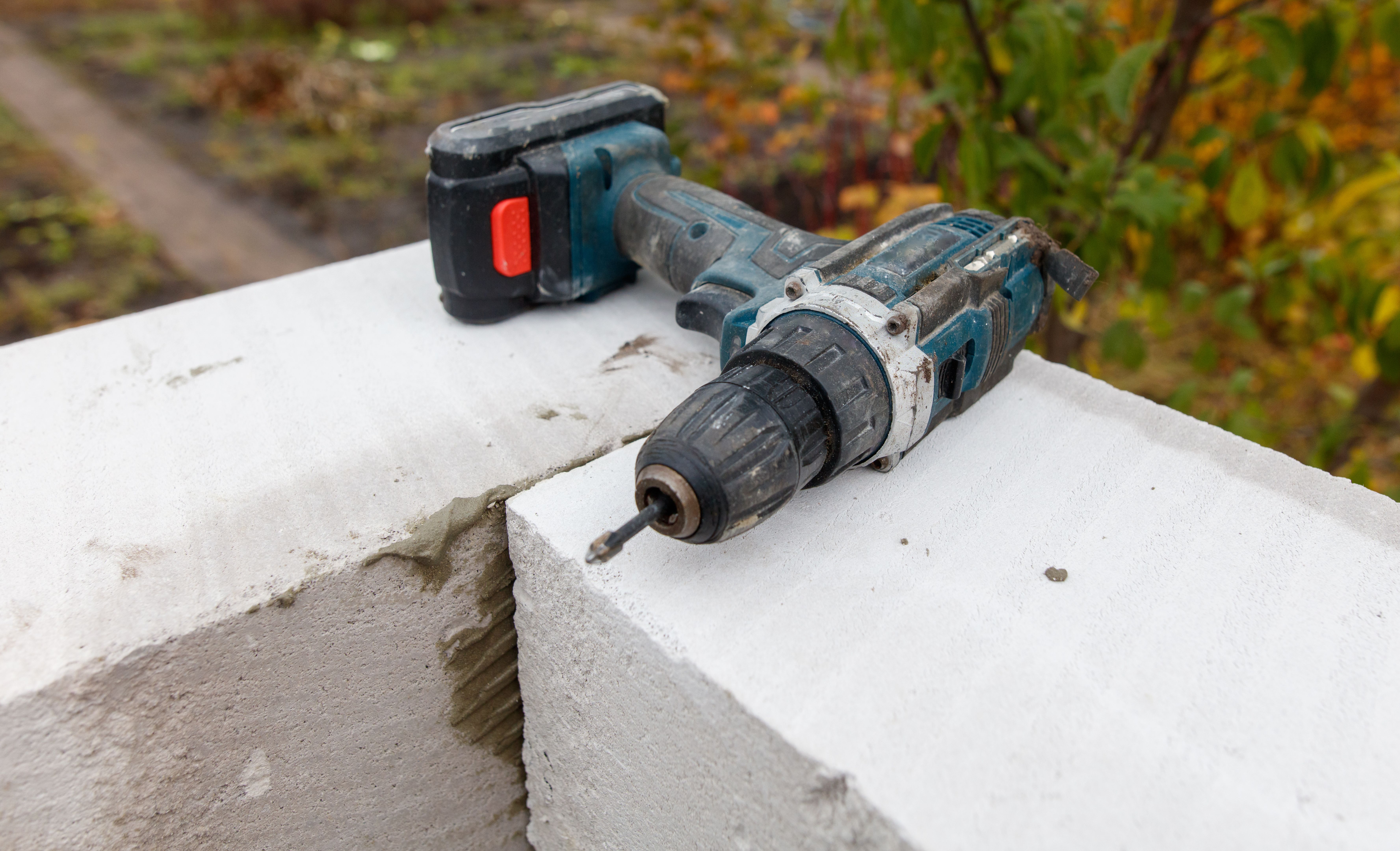Safe Magnet Drill Practices: Expert Tips and Techniques
RR
https://magnetdrill.com/product-category/دریل-مگنتUnderstanding the Basics of Magnet Drills
Magnet drills, also known as mag drills, are powerful tools used for drilling precise holes in metal surfaces. They are essential in construction, manufacturing, and metalworking industries. Understanding the basics of how these drills operate is crucial for safe and efficient usage. The unique feature of a magnet drill is its magnetic base, which securely attaches to metal surfaces, allowing for stable and accurate drilling.
Before operating a magnet drill, it’s important to familiarize yourself with its components and functions. Most magnet drills come with a control panel, a motor, and a chuck or arbor. Make sure you understand how to adjust the drill speed and how to properly secure drill bits. Always consult the user manual for specific instructions related to your model.

Preparing for Safe Operation
Safety should be your top priority when using a magnet drill. Start by ensuring you have the appropriate personal protective equipment (PPE). This includes safety glasses, gloves, and ear protection. Before beginning any drilling task, inspect the equipment for any visible damage or wear. Check the power cord, magnetic base, and other components to ensure they are in working condition.
Create a stable work environment by clearing any debris from the work area and securing the material to be drilled. Ensure that the magnet drill is connected to a reliable power source and that the magnetic base is clean and free from rust or dirt. This will help maintain a strong magnetic hold during operation.
Expert Drilling Techniques
Once you have prepared your workspace and equipment, it's time to focus on drilling techniques. Position the magnet drill carefully to align with your intended drill point. Double-check that the magnetic base is securely attached to the metal surface before engaging the drilling function. Start with a low drill speed to create a pilot hole, which will guide the larger drill bit.

When drilling through thicker materials, use lubricant to reduce friction and heat. This not only prolongs the life of your drill bits but also ensures smoother operation. Refrain from applying excessive force on the drill; let the machine do the work.
Handling Common Challenges
During drilling, you might encounter issues such as bit jams or uneven holes. If a bit becomes stuck, stop the drill immediately and carefully reverse it to remove the bit. To prevent uneven holes, regularly check the alignment of your drill and adjust as necessary.
Post-Drilling Safety Measures
After completing your drilling task, take time to perform post-drilling safety checks. Turn off the magnet drill and disconnect it from the power source before cleaning up. Inspect the drill bits for any signs of wear or damage, replacing them if needed.

Store your magnet drill in a dry, safe place where it will not be exposed to moisture or extreme temperatures. Maintaining your equipment will ensure its longevity and reliability for future projects.
Continuous Learning and Improvement
Finally, stay informed about new techniques and technologies in magnet drilling by attending workshops or training sessions. Engaging with other professionals in your field can provide valuable insights and enhance your skills. Continuous improvement is key to mastering safe and effective magnet drill practices.